-
How mating pufferfish created one of the ocean’s greatest mysteries
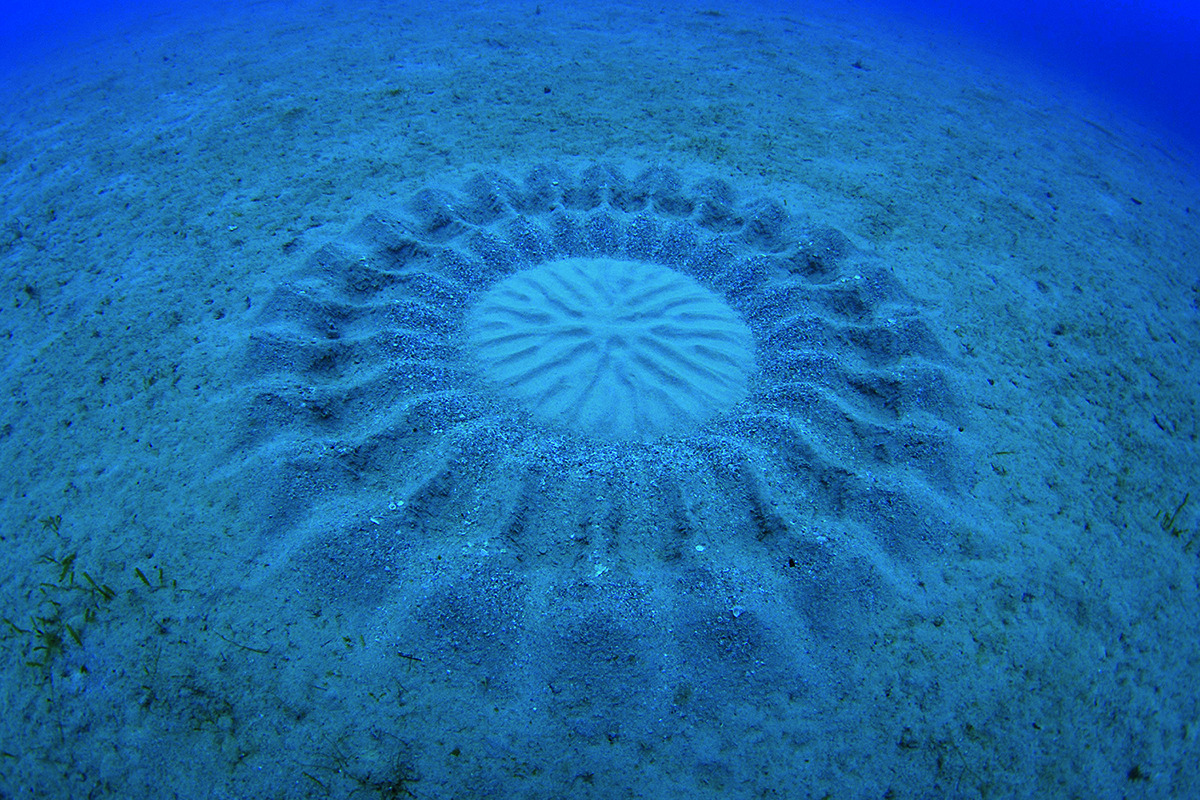
Several years ago, in the subtropical waters of southern Japan, divers spotted large geometric shapes sculpted in the sandy seabed. The circles were roughly two metres (6ft) across and formed of two concentric rings with spokes radiating from the centre. They were an aquatic version of unexplained crop circles. No one could work out what,…
-
New study sheds light on how our brains perceive — or fail to perceive — what we see
Delving into the science of a mystifying optical illusion: visual masking By Rachel Tompa, Ph.D. / Allen Institute SEATTLE, Nov. 13, 2023 /PRNewswire/ — A new study out today in Nature Neuroscience on visual masking sheds light on how we unsee things and points to how conscious perception is generated in the brain. In a phenomenon…
-
Cancelled: Unforgiving Mother Nature Halts Women’s Downhill in Zermatt-Cervinia

This website uses cookies to improve your experience while you navigate through the website. Out of these, the cookies that are categorized as necessary are stored on your browser as they are essential for the working of basic functionalities of the website. We also use third-party cookies that help us analyze and understand how you…
-
Mat Collishaw, Kew Gardens — nature’s unstable beauty; man’s destructive ingenuity

Christmas at Kew opened this week and — as has been the case every winter since its launch in 2013 — its light-and-nature show is the best spectacle in town. Lamps cascade from trees, candles flicker in mid-air, abstract neon flowers sprout, the Temperate House is a fiery cathedral, LED lights skim the lake and…
-
The physiological measurement and evaluation of empathy of video content

Abstract The COVID-19 pandemic has led to a surge in video content consumption, but measuring viewers’ empathy towards the content has been limited to subjective evaluations or attached physiological apparatus. In this study, we introduced a novel non-contact physiological method for measuring empathy towards video content by assessing the synchronization of facial micromovements between the…
-
MdNup62 involved in salt and osmotic stress tolerance in apple
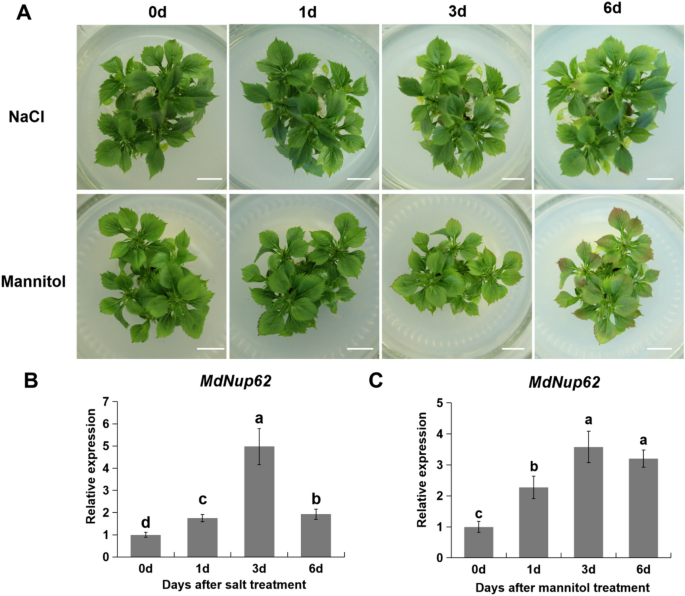
Abstract Abiotic stress of plants has serious consequences on the development of the apple industry. Nuclear pore complexes (NPCs) control nucleoplasmic transport and play an important role in the regulation of plant abiotic stress response. However, the effects of NPCs on apple salt and osmotic stress responses have not been reported yet. In this study,…
-
A versatile model for lifetime of a component under stress

Abstract In this study, a versatile model, called (alpha)-monotone inverse Weibull distribution ((alpha)IW), for lifetime of a component under stress is introduced by using the (alpha)-monotone concept. The (alpha)IW distribution is also expressed as a scale-mixture between the inverse Weibull distribution and uniform distribution on (0, 1). The (alpha)IW distribution includes (alpha)-monotone inverse exponential and (alpha)-monotone…
-
The Vγ4/butyrophilin conspiracy: novel role of intraepithelial γδ T cells in chronic inflammatory bowel disease
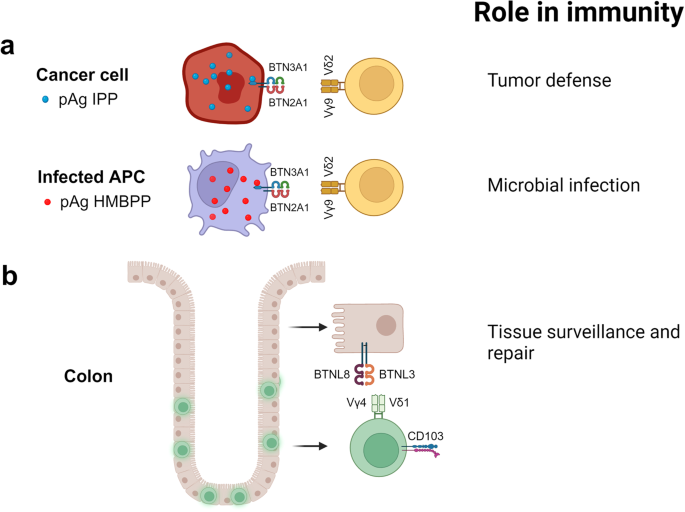
In a recent article published in Science, Dart and colleagues reported that colonic T cells expressing the Vγ4 T-cell receptor (TCR) interact with epithelial butyrophilin-like (BTNL) proteins BTNL3 and BTNL8 in healthy individuals, and they observed a depletion of Vγ4 T cells in inflammatory bowel diseases with renormalization associated with disease remission.1 This paper identifies…
-
Consequences of rewetting and ditch cleaning on hydrology, water quality and greenhouse gas balance in a drained northern landscape
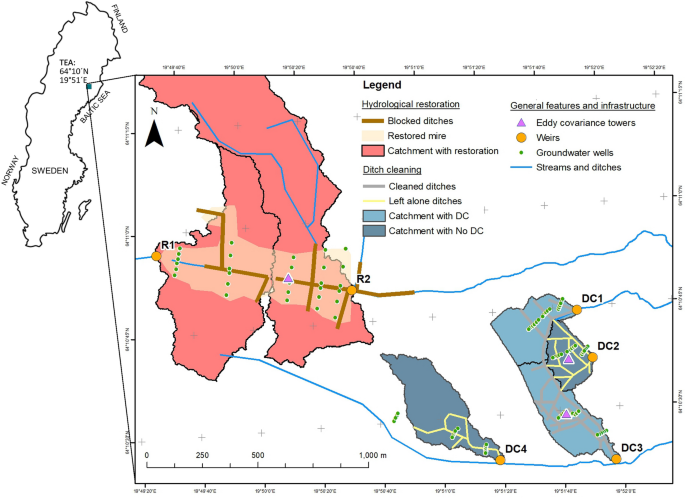
Abstract Drainage for forestry has created ~ 1 million km of artificial waterways in Sweden, making it one of the largest human-induced environmental disturbances in the country. These extensive modifications of both peatland and mineral soil dominated landscapes still carry largely unknown, but potentially enormous environmental legacy effects. However, the consequences of contemporary ditch management strategies,…
-
New research suggests plants might be able to absorb more CO2 from human activities than previously expected
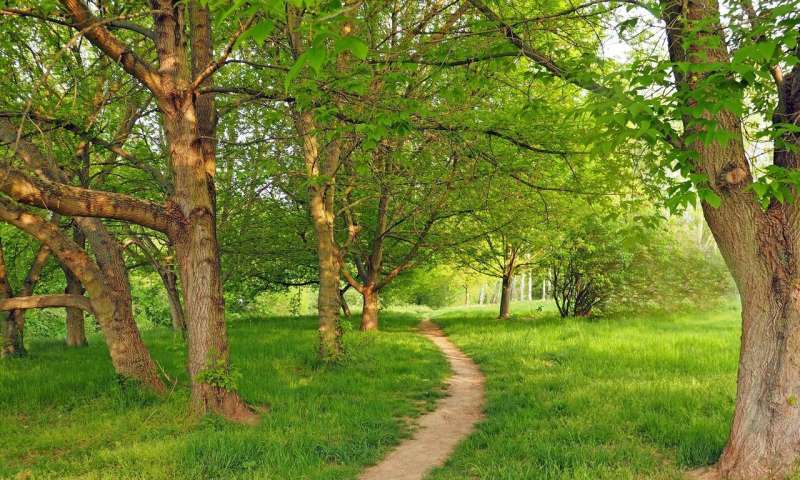
Credit: CC0 Public Domain New research published in Science Advances paints an uncharacteristically upbeat picture for the planet. This is because more realistic ecological modeling suggests the world’s plants may be able to take up more atmospheric CO2 from human activities than previously predicted. Despite this headline finding, the environmental scientists behind the research are…